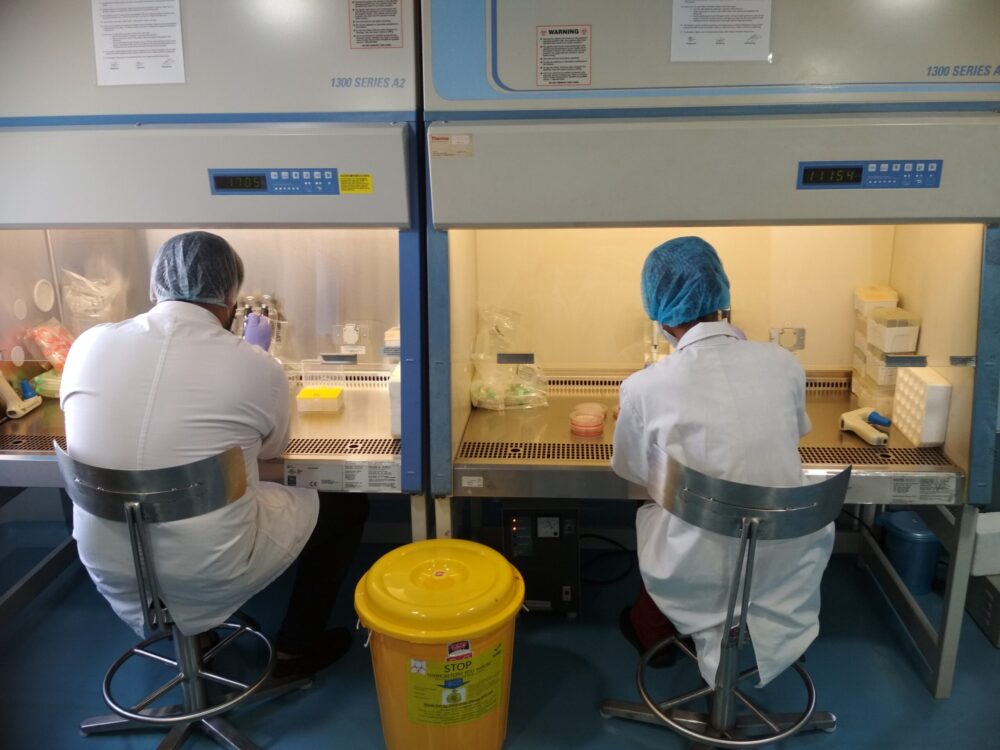Know About Cancer
Discover the underlying science and mechanism behind our approach to cancer treatment
- According to the World Health Organization, cancer is the second-leading cause of death worldwide – killing 10 million people annually.
- Genetic and tumor heterogeneity, a complex tumor microenvironment, and evolution of the cancer cells to achieve therapy resistance make cancer difficult to target. Learn more at American Cancer Society.
- Cancer drug discovery is a long and expensive process that takes 10-15 years to take the drug from discovery to regulatory approval, costing billions of dollars. Learn more at National Cancer Institute.

Challenges in targeting cancer:
Conventional anti-cancer therapies including chemotherapy and radiotherapy target the bulk of cancer cells but spare a subpopulation of the cancer cells called cancer stem cells (CSCs). These latent CSCs are responsible for metastasis, development of resistance to treatments and tumor relapse. Tumors such as those occurring in TNBC and prostate cancer patients are resistant to most treatments due to an enrichment of CSCs.
Our solution: targeting both cell populations, the bulk cancer cells as well as CSCs, in order to achieve a net tumor reduction.

Increase in intracellular calcium stores promoted by altered calcium ion channels at the plasma membrane, mitochondria or endoplasmic reticulum (ER) is long known to promote various diseases including cancer. This is because calcium ions alter key cellular processes including proliferation, apoptosis, metabolism, etc. Moreover, enhanced intracellular calcium concentrations can also drive therapy resistance by promoting CSC renewal and proliferation.
One of the important factors driving resistance to chemotherapeutic drugs in breast cancer is CSCs and the plasticity associated with them. Recent studies indicate that treatment with chemotherapy enhances the intracellular calcium stores, thereby leading to an increase in the CSC populations and eventually causing therapy resistance. Hence, targeting these calcium stores or the ion channels holds therapeutic potential for cancer patients.
We have developed a novel small molecule, MSP008-22, which has a unique mechanism-of-action that inhibits both the bullk cancer cells and the CSCs, leading to tumor growth inhibition. Our approach is to combine MSP008-22 with standard-of-care chemotherapy to eliminate residual cancer cell populations and prevent tumor relapse. By targeting both bulk cancer cells and CSCs, our approach offers a promising solution to overcome the limitations of current therapies and improve outcomes in patients dealing with difficult-to-treat cancers.

